When it comes to interior design for residential properties the initial planning process is more important than the construction process. You take a blank canvas and paint it with the possibilities of living. And every grand design starts with a solid base. Or shall we say floor.
We work closely with interior designers to manufacture and supply engineered wood flooring that fits the specific briefs residential properties require. Whether it’s a bespoke floor or our unfinished engineered flooring, we offer the opportunity to design a space’s atmosphere with its own unique colour and finish.
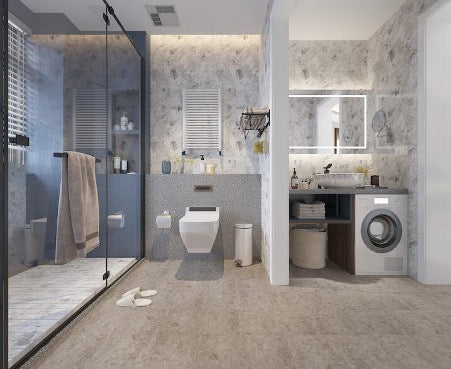
But picking the right type of flooring for residential property isn’t easy. With plenty to choose from, there’s much to consider. That’s why we’re lending a helping hand with our quick guide to flooring types for residential projects. Read on to find out about the different types and the benefits they can bring to your next project.
WHAT TYPES OF FLOORING DO THE SOLID WOOD FLOORING COMPANY OFFER?
We specialise in manufacturing and supplying engineered wood,parquet, and optimum flooring. In addition, we offer luxury planks and tiles as part of our Impervia range. All of our engineered wood flooring is certified by the Forest Stewardship Council (FSC®) and Programme for the Endorsement of Forest Certification (PEFC™). This means our materials come from certified, sustainable and well-managed forests.

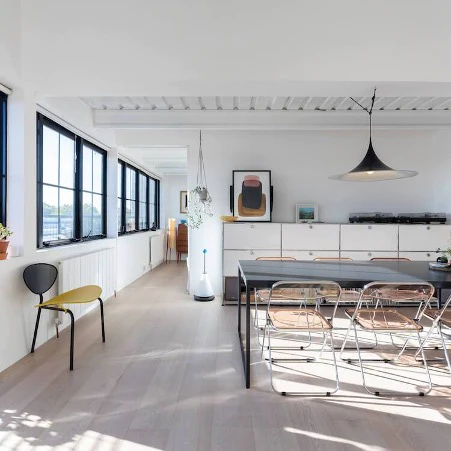
WHAT IS ENGINEERED WOOD FLOORING?
Whilst hardwood flooring is made entirely of solid wood (which is not environmentally friendly), engineered wood features a solid hard wood top layer (normally Oak, Walnut or Maple) which is fixed onto a supportive timber base. There are typically three different types of base structures:
- (Cross ply) Plywood back – The plywood is made of several layers of timber (normally Birch), with each layer’s grain running in opposite directions, ensuring the top layer has a hard, stable surface on which to adhere
- Sandwich board – A central ‘core’ layer has the top layer and base layer bonded to it. Each layer uses the same hard wood timber species (i.e. Oak, Walnut etc.) Each layer runs in alternate directions to improve stability.
- 3-Layer – which consists of a central core layer and a backing layer, usually made from Poplar
By using engineered construction methods, we can create five times the amount of flooring that you would get from the same amount of felled hardwood to create a solid board. This means we can be environmentally responsible to natural forests by cutting down less and planting more.
WHAT BENEFITS DOES ENGINEERED WOOD FLOORING HAVE?
Engineered flooring offers plenty of scope for interior designers and architects working on residential projects, such as:
- It’s compatible with underfloor heating
- It can be used in moisture prone areas such as bathrooms, kitchens, and walkways
- It’s easily installable, whether you let the boards rest on an underlay or glue it directly to a concrete screed or subfloor.
- It comes in a large range of colours, finishes and styles
By choosing engineered wood flooring for your project, you’re helping the environment. We only harvest older trees consuming less carbon and producing less oxygen. Utilising every inch of a tree, we consume one fifth of the material in comparison to solid wood.
WHAT IS PARQUET FLOORING?
Parquet flooring, also known as herringbone flooring, is made of short wooden battens slotted together in a geometric shape. It first became popular in the 1600’s for its beautiful, decorative, and long-lasting effect.
At The Solid Wood Flooring Company, we offer the following three types of parquet flooring:
- Chevron Parquet Wood Floors – this design utilises a zig-zag pattern, laid to form a true point, at a 45 or 60-degree angle.
- Herringbone Parquet Block Engineered Wood Flooring – this design is cut into rectangles and laid staggered in a zig-zag pattern.
- Parquet panels – this design features fixed-sized parquet panels that are always bordered and square, complete with a mansion weave pattern.
WHAT ARE THE BENEFITS OF PARQUET FLOORING?
Parquet flooring can be perfect for traditional residential properties capturing moments in time. It offers a range of benefits for your next project, including:
- It’s sophisticated look and pattern-arranging nature means you can create a unique look and feel for a room
- It’s easy-to-clean, stain-resistant, and doesn’t absorb odors.
- Unlike carpets and rugs, parquet flooring has no space to harbour allergens, dirt and dust, so it’s perfect for high-traffic areas and homes for young families and pets.
WHAT IS OPTIMUM FLOORING?
Optimum Flooring is the latest in sustainable, easy to fit flooring technology. It’s created using an AC4 commercial-grade wear layer, a real wood effect textured surface and a built-in EVA backing layer.
Optimum is ethically and sustainably sourced flooring made from wood and printed paper. It is manufactured using photographic technology to render surface images. It’s textured surface creates a more natural look than laminate, and is guaranteed to last for 15 years.
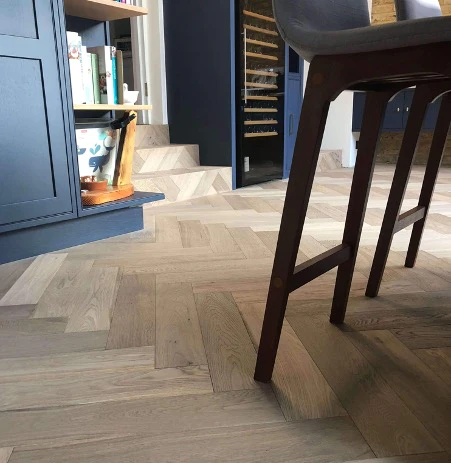
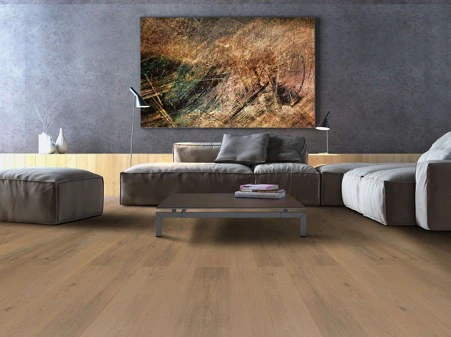
WHAT ARE THE BENEFITS OF OPTIMUM FLOORING?
Made with interior designers in mind, optimum flooring is perfect for both commercial and residential projects of any shape and size. It’s particularly suitable for high traffic areas in the home. It offers plenty of benefits, including:
- It’s quick installation, using patented click-lock technology
- It requires no underlay, as it’s built-in EVA backing layer is ready to place.
- It’s long lasting, with a guaranteed lifetime of 15 years.
WHAT IS IMPERVIA FLOORING?
Impervia is a waterproof, non-toxic, sound dampening, fire-resistant and low-slip flooring product made from composite stone and a commercial grade finish.
It is a 6.5mm thick floor with its own acoustic backing that looks and feels like real wood. Once installed it is difficult to tell the difference between Impervia and engineered wood flooring. It is generally priced at 50% less than good quality engineered wood flooring.
Available in wood effect planks, herringbone parquet, and marble and stone tiles, Impervia looks and feels like wood or stone.
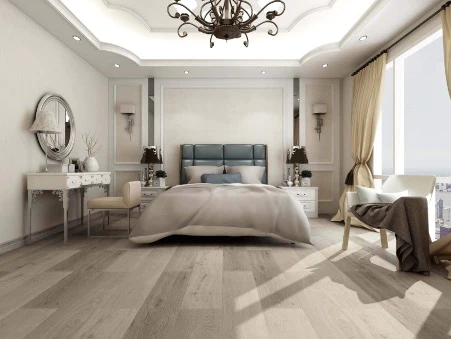
WHAT ARE THE BENEFITS OF IMPERVIA?
Designed for durability, Impervia’s porcelain tiles and luxury planks are a perfect solution to fit any space, whether it’s commercial or residential. Better yet, it’s the green safe option for flooring, certified by GREENGUARD and FloorScore by SCS. But it offers more benefits than just that, including:
- It’s 100% waterproof, so it’s perfect for kitchens and bathrooms
- No underlay is required, as every plank and tile has a built-in IPEX underlayer
- An easy installation thanks to it’s 5Gi push-fit system – planks really do just click together
- Combines the durability your project deserves with the luxury it desires, offering unique choices for architects and designers
BUT WHICH FLOORING IS BEST FOR MY PROJECT?
Every project is a puzzle, and every floor is unique. So, get in touch with us today to discuss which type of wood flooring is perfect for your next residential project now.
Related News Stories
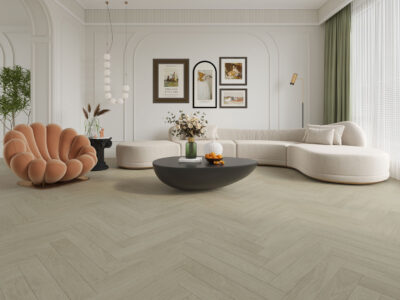
Laminate Flooring as a Smarter Specification Choice
Read more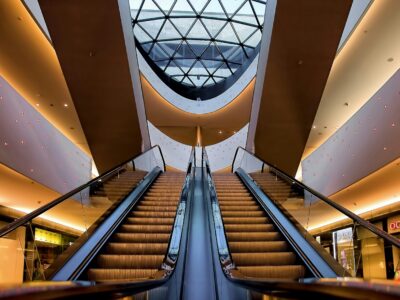
Is Laminate Flooring Suitable for Commercial Projects? What Architects and Contractors Need to Know
Read more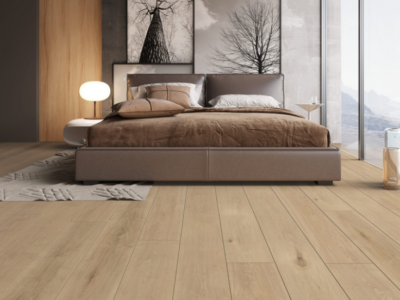
Industry insights: How Trident Laminate solves flooring challenges in high footfall environments
Read more
Why Developers Are Choosing Trident Laminate Flooring
Read moreJoin our mailing list
Receive the latest news, offers and inspiration straight to your inbox.
